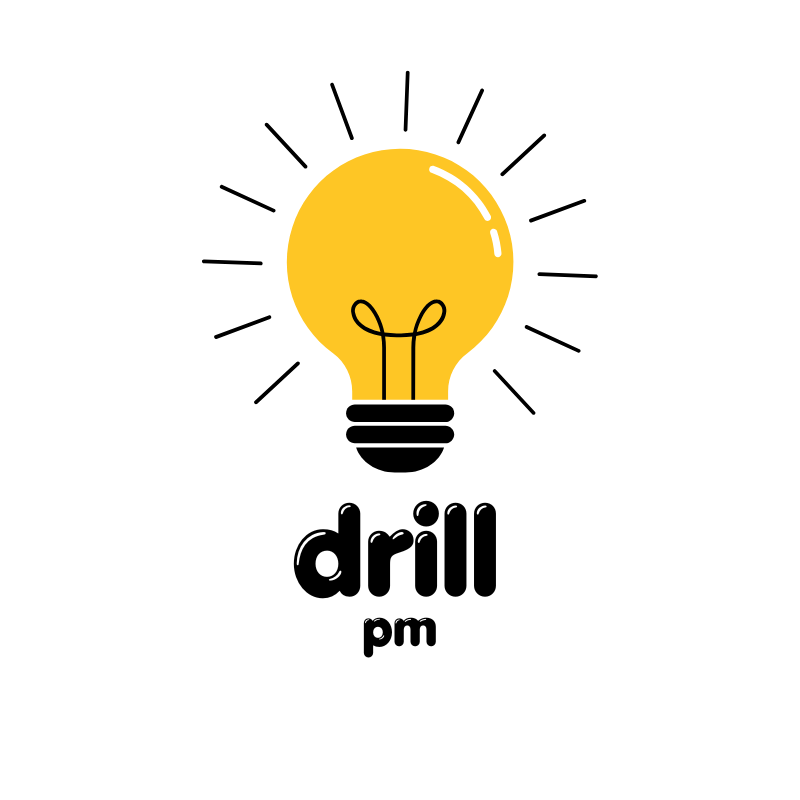Anúncios
For many young couples, building a home represents more than just bricks and mortar—it symbolizes freedom, commitment, and a fresh start. But in a world of rising costs and economic uncertainty, turning this dream into reality requires more than good intentions. It takes planning, discipline, and teamwork.
Fortunately, with the right strategy and mindset, saving money for your dream home can be a rewarding experience. It’s not about being rich—it’s about being smart. Even small financial decisions made today can have a massive impact on what you can build tomorrow.
If you’re ready to stop paying rent and start investing in your future, this guide will walk you through every essential step. Let’s break it down, simplify the process, and show you how to get closer to your first home—one smart choice at a time.
1. Set clear financial goals together
The first step to saving money for a house is to get on the same page as a couple. Sit down and have an honest conversation about your shared dream. How much do you want to spend? When would you like to start building? Are you aiming for a starter home or something more long-term?
Once you’ve discussed your vision, turn it into concrete goals. Write down your ideal savings target, timeline, and monthly contributions. Having a specific goal will keep both of you motivated and accountable. Consider using a vision board or digital app to track your progress visually and celebrate milestones along the way.
2. Analyze your current financial situation
Before you can move forward, you need a clear picture of where you are now. Start by listing all your sources of income, fixed expenses (like rent and bills), and variable expenses (like entertainment and dining out). This will show you how much you’re currently spending and how much you can potentially save.
Use free tools like Mint or YNAB to track your spending habits. These tools can help you spot wasteful spending and identify areas to cut back without sacrificing quality of life.
3. Create a realistic home-building budget
Now that you’ve reviewed your financial reality, it’s time to create a practical budget for your future home. This includes estimating the total cost of land, permits, materials, labor, and unexpected expenses (always plan for 10–20% extra).
Talk to architects, builders, or people who have recently built homes to get a clearer picture. Resources like HomeAdvisor or Angi can also give you ballpark figures for different building phases.
Don’t forget to include soft costs like legal fees, insurance, and utility setup. Being thorough now will help you avoid costly surprises later.
4. Open a separate savings account
To resist the temptation of dipping into your house fund for everyday expenses, open a dedicated savings account. Choose a high-yield savings account or money market account that earns interest while keeping your money accessible.
Name it something meaningful like “Our First Home” to create an emotional connection with your goal. Set up automatic transfers each month or paycheck to make saving effortless.
Consider using banks like Ally or Capital One 360 that offer competitive rates with no maintenance fees.
5. Cut unnecessary expenses
Review your spending and identify where you can reduce or eliminate costs. Do you really need five streaming services? Can you prepare more meals at home instead of dining out?
Try adopting a minimalist mindset: every dollar not spent is a brick in your future home. Small sacrifices now—like brewing coffee at home or canceling unused subscriptions—can lead to big savings over time.
Use challenges like “no-spend weekends” or “30-day savings challenges” to turn cutting costs into a fun couple activity.
6. Increase your income with side jobs
Cutting expenses helps, but increasing income accelerates your progress. Consider taking on freelance gigs, remote work, or part-time jobs. Platforms like Fiverr, Upwork, and DoorDash offer flexible opportunities for extra cash.
You can also monetize hobbies—sell homemade products on Etsy, teach music lessons, or start a blog. Working together on a shared project strengthens your bond while bringing in extra funds.
Make sure to allocate all side income directly to your home savings account to avoid accidental spending.
7. Take advantage of government programs and incentives
There are many government-backed programs designed to help first-time homebuyers and builders. In the U.S., look into options like:
- FHA construction-to-permanent loans
- USDA rural development loans
- Energy-efficient home credits
- State-specific first-time homebuyer programs
Websites like HUD.gov or your local housing authority can provide details and eligibility requirements. These programs can reduce your upfront costs or offer long-term savings through tax benefits.
8. Choose the right land and location
Land costs vary drastically based on location. While it might be tempting to build in a trendy area, consider whether more affordable land just outside urban centers could serve your needs just as well.
Balance price, commute, future property value, and quality of life. Visit several locations, talk to neighbors, and research zoning laws before buying. Websites like Zillow and Realtor.com are good starting points.
Buying land that’s already cleared, flat, and with existing utility access can save you thousands in prep costs.
9. Plan the house design strategically
A dream home doesn’t have to be big—it needs to be smart. Focus on efficient design that maximizes space and minimizes waste. Open floor plans, multi-use rooms, and energy-efficient layouts not only save money upfront but also reduce ongoing costs.
Consider modular or prefab options, which are often cheaper and faster to build. Consulting with an architect early in the process can help you design within budget while still meeting your needs.
Look for free or low-cost floor plan templates online to get inspired and reduce architectural fees.
10. Compare prices and negotiate with suppliers
When it’s time to purchase materials, appliances, or fixtures, never accept the first price. Shop around—both online and in-person—for the best deals. Use price-matching, ask for discounts, or consider buying in bulk.
Get quotes from multiple suppliers for everything—from cement to countertops. Building supply stores may offer trade discounts if you’re purchasing in large quantities.
Also, consider purchasing gently used materials from places like Habitat for Humanity ReStores, which offer great prices and help a good cause.
11. Use cost-effective construction methods
Some building techniques are more budget-friendly than others. Research options like:
- Concrete blocks instead of traditional framing
- Steel frames for durability and affordability
- Earthbags or cob construction for eco-builds
- DIY kits or modular homes
Consult with contractors who are open to using alternative methods. If you’re handy, doing part of the work yourself—like painting or installing fixtures—can also reduce labor costs significantly.
Make sure everything complies with local building codes and safety standards to avoid penalties or rebuilds.
12. Monitor spending during the construction process
Once construction begins, your job isn’t over. Monitor invoices, payment schedules, and any changes to the original plan. Cost overruns are common, so keep a contingency fund and stay involved.
Schedule weekly check-ins with your contractor and ask for itemized bills. Use apps like BuildBook or CoConstruct to track project progress and spending.
Don’t be afraid to question discrepancies. Staying organized and proactive helps avoid misunderstandings and protects your savings.
13. Stay motivated with visual reminders
Saving for a house is a long journey, and it’s easy to lose motivation. Keep your goal alive by using visual tools like progress trackers, countdown calendars, or even a Pinterest board with your dream home ideas.
Celebrate small victories—every $1,000 saved or milestone reached deserves recognition. Share your journey on social media or with friends to stay accountable and inspired.
Remember, this isn’t just a financial journey—it’s a love story you’re building brick by brick, together.
Conclusion
Saving to build a home as a young couple is a bold and beautiful goal. It requires patience, sacrifice, and shared commitment, but the reward—your own space built with love—is priceless. With thoughtful planning, open communication, and consistent effort, you can make it happen. Your dream home isn’t far away—it’s forming with every dollar saved and every decision made with intention.
Frequently Asked Questions (FAQs)
1. How long should it take to save enough to build a house?
It depends on your income, savings rate, and the total cost of your project. On average, couples take 2 to 5 years to save enough for land and construction costs combined.
2. Is it better to buy land first or save for the whole house upfront?
Buying land first is common and can help secure your ideal location, but make sure you have a long-term plan to avoid paying taxes and fees while the land sits unused.
3. What’s the cheapest type of house to build?
Tiny homes, modular houses, and simple rectangular designs with minimal customizations are usually the most budget-friendly options.
4. Can I use a 401(k) or IRA to fund the construction?
Yes, in some cases you can withdraw from a 401(k) or Roth IRA for a first-time home purchase, but be aware of taxes and penalties. Consult a financial advisor first.
5. Are prefab or kit homes worth it?
Absolutely. They offer significant savings in labor and construction time, and many are customizable to suit your lifestyle and local building codes.



